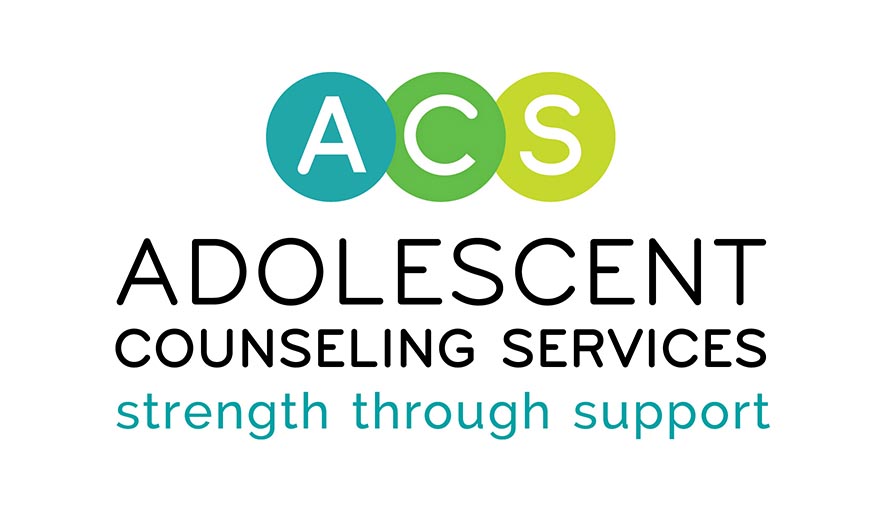
Tech-Positive Parenting
Written By: Deborah Sloss, LCSW, ACS Site Supervisor, On-Campus Counseling Program
Teenagers today are constantly “plugged in”– gaming, texting, tweeting, or posting on Snapchat and Instagram. As parents, we worry that our kids are addicted, detached, and distracted by their digital devices. We struggle with how to set appropriate limits and how to keep our kids safe online.
In her book, Screenwise: Helping Kids Thrive (and Survive) in Their Digital World, Dr. Devorah Heitner talks about how to raise “digital citizens” who use technology responsibly and productively. Our children are “digital natives,” growing up in a world with increasing availability of technology at younger and younger ages.
Heitner writes that “true screen wisdom is about relationships, as interpersonal relationships are conducted more and more in the digital world. The digital world is limitless. Parents must find ways to talk to their children and be their mentor and support.”
Your child’s digital persona
Young people are impulsive by nature. As parents, it is important to help them understand that the choices they make about what they post online and tweet become part of a permanent digital persona, or a digital tattoo. According to the nonprofit, My Digital Tat2:
Today we live in a culture of personal sharing that has changed the concept of privacy. This shift profoundly impacts students in their social, emotional and academic lives. Most are using social media in a positive way, yet they live in a world where there are few rules about how to behave online. Posts that are created in an instant can imprint their user for a lifetime. We call these lasting impressions a ‘digital tattoo.’
As parents, we can provide the foundation of values that inform our children’s digital interaction. Screen wisdom is not about the “how-tos” of using technology. Dr. Heitner notes, “It’s about relationships. It’s about the kinds of connections we can have with one another. It’s about trust. And balance.”
Utilizing the following tactics at home will help your children become more responsible digital citizens.
1. Plan unplugged places and sacred spaces
Designate certain areas of your home as “tech-free spaces.” Stock them with board games, art supplies and other activities that encourage in-person interaction and creativity. Conversely, designate an area for charging stations where all family members store their computers, tablets and phones when they are offline. A friend of mine with four school-age children has a shared office where each child has their own dedicated work-station and where devices are left after “curfew.”
Make certain times of the day (or even days of the week) unplugged family time. Create a family culture where no devices are brought to the dinner table. Eating while distracted can lead to unhealthy food choices. Reclaim family meals that focus on mindful eating and use the time to reflect on the day and express gratitude.
2. Create clearly defined boundaries, expectations and rules
Structuring physical space thoughtfully can help ease tensions. Use habits and routines to minimize post-screen-time tantrums and flip outs. Plan what your children will do after their immersive screen experience. For example, some families have decided on minimal to zero screen time during the week because the transitions are too much to manage. Always remember – You have to find the right balance for your family and your kid’s temperament.
3. Practice what you preach
In the movie Screenagers, Dr. Delaney Ruston interviews kids who talk about how distracted their parents are by their own devices and how difficult it is to get their parents’ undivided attention. We are conscientious about setting good examples for our kids in other areas, yet modeling appropriate limits on screen time is an area where many parents fall short. I was recently at a seminar where a parent was complaining about her kid’s screen addiction. When asked by the workshop facilitator about her own online activity, she readily acknowledged returning work e-mails and texts on her smart phone until very late at night.
Dr. Heitner describes asking a group of fifth graders to develop a list of Rules for Parents regarding their use of technology. Here is what they said:
- No talking and driving- I hate it when my mom puts in headphones and doesn’t even talk to me on the way home.
- Don’t watch TV so loud (and late). It wakes me up.
- I hate it when my mom makes me text for her when she is driving.
- No talking on the phone or texting at dinnertime and social time.
- Don’t post pictures of me on Facebook without my permission.
- Limit your own phone conversations to 30 minutes
- Don’t say “five more minutes” and be on phone (or e-mail) for another two hours.
Does any of this sound familiar? Have you ever asked your child what rules they would set for your online activity?
4. Assess your kids’ online social skills
When making decisions about your child’s online presence and access to various types of technology, apps, and websites, it is important to understand and discuss the critical thinking involved in maintaining a safe on-line presence. The following are important areas for consideration:
- Can your child articulate the difference between a friend and a follower?
- Does she understand that she doesn’t have to friend someone back if she doesn’t want to?
- Does he know how to self-govern his texting activity?
- Can she handle unwanted attention in a clear and direct fashion?
- Does he come to you when a peer conflict crosses the line?
- Can she politely excuse herself from a group text or interaction?
- Can she tell you about a time she resisted posting something because of the way it might make someone feel?
- Can he point out examples of purposeful exclusion in his social sphere?
- Does she know how to “take it offline” early in the conflict or does she leave others to do it?
In Conclusion
Raising a digital citizen involves maintaining a positive, trusting relationship. Start with the assumption that kids want to do the right thing but don’t always know how. This keeps channels of communication open.
In addition, a tech-positive parent:
- Strives to create a tech-positive environment, which can include planned, unplugged spaces and places
- Thinks about her relationship with her own devices and recognizes that her behavior sets the tone for the whole family
- Is the model of civility in online and offline correspondence
- Creates clearly defined boundaries and adheres to them (Tech time doesn’t interfere with unplugged time)
- Teaches and models respect for boundaries in the digital world; asks for permission before posting or sharing
- Inspires a digital ethic that discourages navel-gazing, self-promotion, or obsessing about others
- Uses power of technology to make a positive difference in the world.
In closing, remember that as a parent your role is to help your child navigate their world. They have tech-savviness, you have wisdom, which offers a valuable compass by which to guide your child now and in the future.
Citations:
Heitner, D. (2016). Screenwise: helping kids thrive (and survive) in their digital world. Brookline, MA: Bibliomotion, Inc.
Ruston, D. (Producer), & Ruston, D. (Director). (2016). Screenagers: Growing Up in the Digital Age [Motion Picture]. United States: Indieflix.
About My Digital Tat2. (2016). Retrieved from http://www.mydigitaltat2.org/
